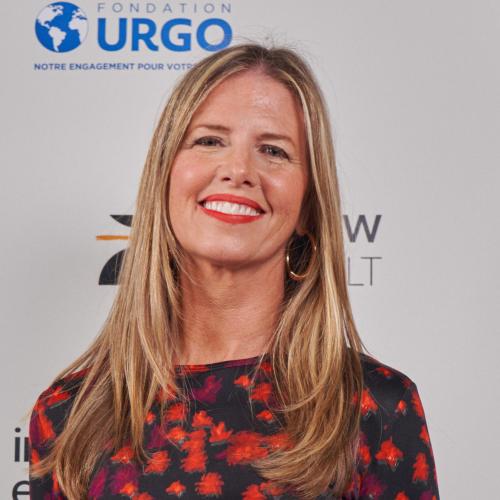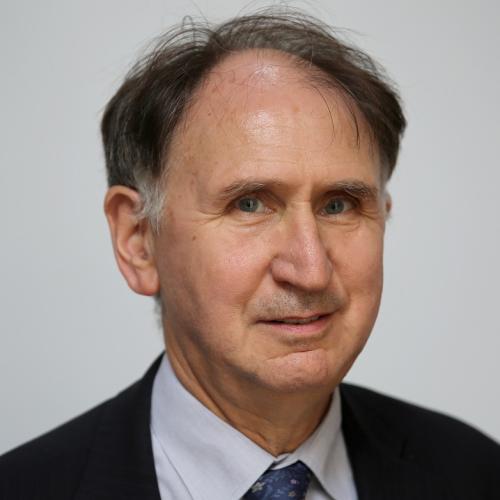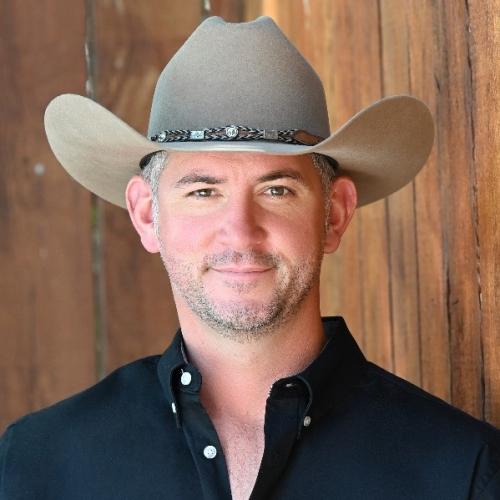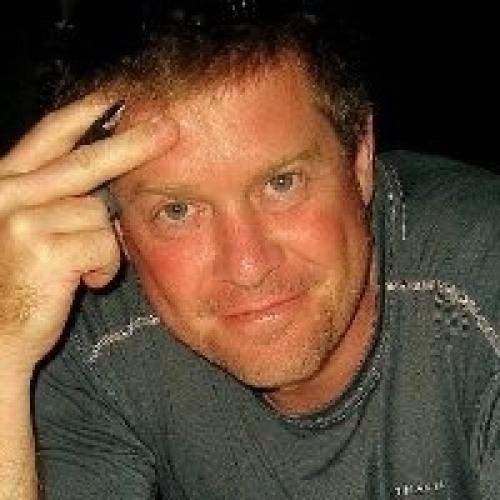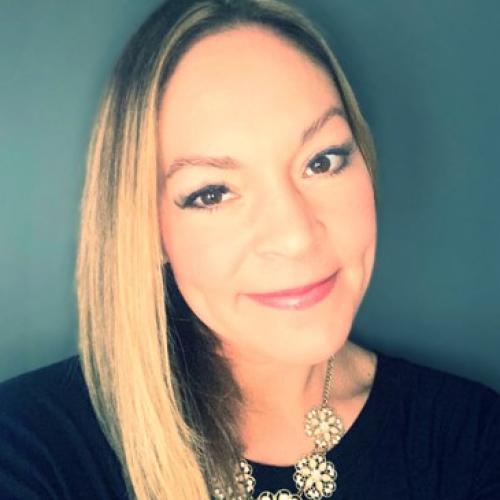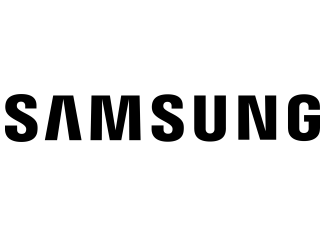CPU performance improvement based on Dennard scaling and Moore's Law has already reached its limit, and domain-specific computing was considered as an alternative to overcome the limitations of the existing CPU-centric computing model. Domain-specific computing, seen in early graphics and network cards, has expanded into accelerators such as GPGPUS, TPUs, FPGAS, and IDPs. Meanwhile, hyperscalers, where power efficiency is particularly important, use ASICs or FPGAs to offload and accelerate OS, security, and data processing tasks. Handling large amounts of data in a power-efficient manner requires reexamining the model for moving data from traditional storage to the CPU. This model consumes a lot of power and limits performance due to bandwidth limitations. Computer Storage (CS) or In-Storage Computing (ISC), first explored in the 1990s, is another important piece of the puzzle. As data is explosively generated in the cloud, machine learning, big data, and edge, the industry is actively reviewing the application of CS in various fields. This panel discusses the current state of CS, its potentials and challenges in various applications.
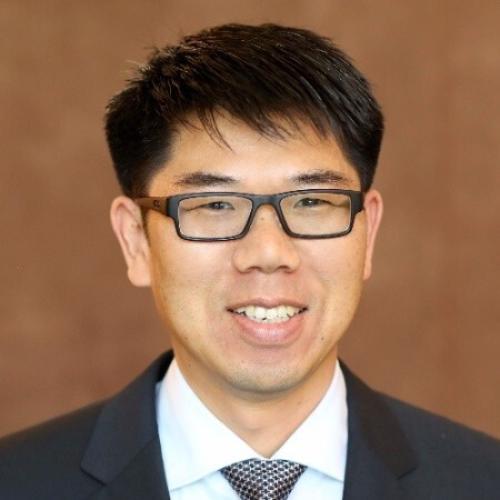
Yang Seok Ki
Dr. Yang Seok Ki is a Vice President and CTO of the Memory Solutions Lab (MSL) at Samsung Semiconductor Inc. in San Jose, California. Since joining Samsung in 2011, he has led various advanced development projects including SmartSSD, Key-Value SSD, CXL Memory Expander, Memory Semantic SSD, etc. In addition, he led the NVMe Key Value Standard, SNIA Key Value API, SNIA Computational Storage Architecture and API. He is a CXL board of director and a technical chair of Data Centric Computing workstream of the Open Computing Project (OCP) Future Technology Initiative (FTI). Prior to joining Samsung, he worked for Oracle's Server Technology Group. Prior to his industrial career, he was involved in High Performance Computing (HPC), Grid Computing, and Cloud research at the Institute of Information Sciences at the University of Southern California and the Center for Networked Systems at the University of California, San Diego. He received his Ph.D. in Electrical Engineering and Computer Engineering from Seoul National University, and his Master's and Bachelor's degrees in Computer Engineering from Seoul National University. He also completed the Engineering Leadership Professional Program (ELPP) from the University of California, Berkeley.

Stephen Bates
Stephen is the VP and Chief Architect of Emerging Storage Systems at Huawei's Toronto Emerging Storage Lab. He and his team research all aspects of next-generation storage systems from media to programming interfaces to filesystems to virtualized storage to applications.
Stephen is an expert in performance storage, persistent and non-volatile memory, computer networking, signal processing and error correction coding. He is also very active in both the SNIA and NVM Express standard bodies.
Prior to Huawei he was the CTO of Eideticom which is a pioneer company in NVMe-based computational storage. He was also formerly in the CTO office at PMC-Sierra, an Assistant Professor at The Univeristy of Alberta and a Principal Engineer at Massana Inc. Stephen has a PhD from the University of Edinburgh and is a Senior Member of the IEEE.
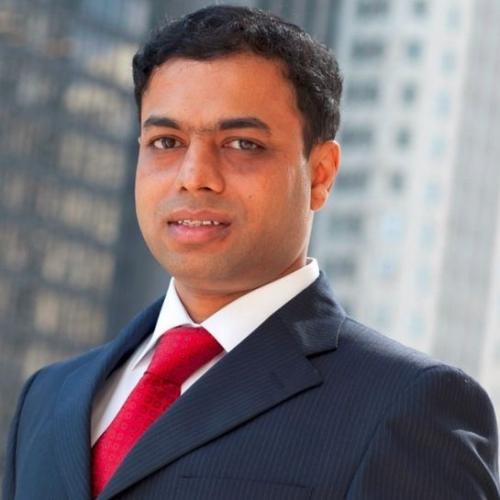
Arvind Jagannath
Arvind Jagannath works in Product Management at VMware. With over 25 years of experience in the industry working on networking, storage, embedded, and kernel development, he currently leads infrastructure and core platform enablement for vSphere, working across the VMware ecosystem of server, IO, and storage partners. Arvind most recently drove platform product management at Cohesity and NetApp. Arvind holds an MBA from the University of Chicago, Booth school of Business and a Bachelors in Computer Science and Engineering.
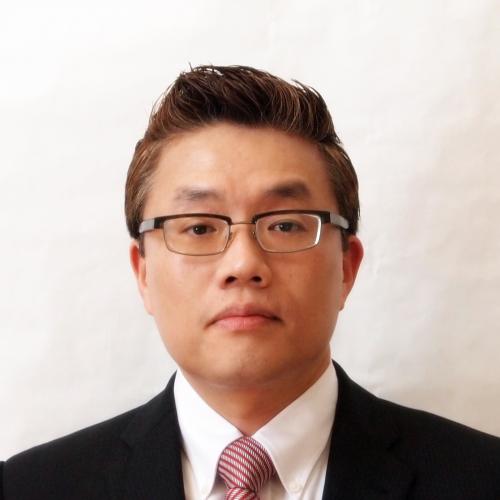
Seong Kim
As the leader of the global data center solutions architect group at AMD, Seong is focused on driving the development of data center application acceleration and offload for compute, network, and storage solutions. Seong’s recent focuses are on smart video analytics, machine learning, database acceleration, smart NIC, smart SSD and computational storage accelerations.
Seong holds a Ph.D. in Electrical and Computer Engineering and an MBA in Marketing. He has authored numerous technical papers, white papers, and patents, and has presented industry seminars. Throughout his career, Seong has developed proof-of-concept solutions for data center, wireless, and wireline applications using network processors, FPGA, x86 & ARM, and networking peripherals. He is proactively recommending courses of action to bring competitiveness to the solutions and defining the roadmap and next-generation platforms.

Keith McKay
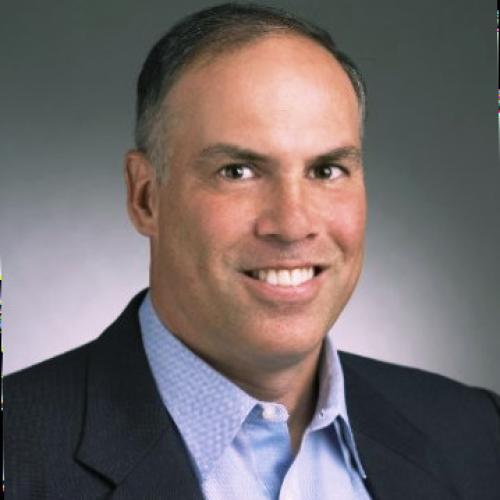
David McIntyre
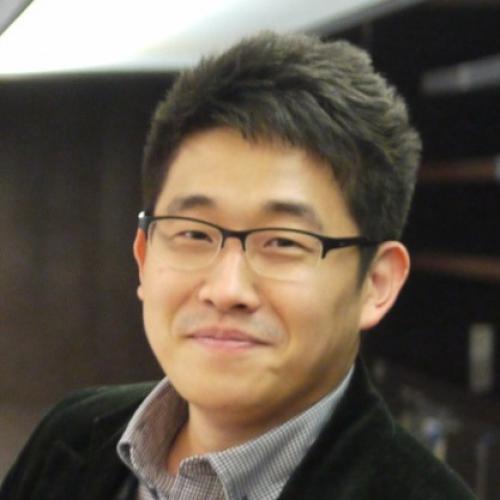
Jongryool Kim
Jongryool Kim is currently a research director overseeing next generation architecture enablement at SK hynix where his team’s main responsibilities are to research and to fast-prototype new data storage technologies such as computational memory and storage solutions. Prior to this role, he worked with various R&D teams at Samsung’s SW R&D Center.
In addition, he had served as the key engineer and development manager on the data analytics system of Samsung Cloud at Samsung Mobile division. He earned his Ph.D degree in Computer Engineering form GIST, South Korea.
Samsung
Website: https://semiconductor.samsung.com/us
Samsung Semiconductor, Inc.
Based in the heart of Silicon Valley, Samsung Semiconductor, Inc., is an industry-leading, multi-billion dollar subsidiary of Samsung Electronics Corporation that provides the world’s most advanced technology for consumer electronic devices and computing platforms. Samsung’s state-of-the-art memory, logic, solid state drives, LED components, OLED displays, and foundry services are integrated across AI, high-performance computing, data centers, IoT, automotive and emerging markets. Driven by excellence and innovation, Samsung leverages its proven expertise and leadership to develop technology products that will shape and enhance the consumer’s future.
